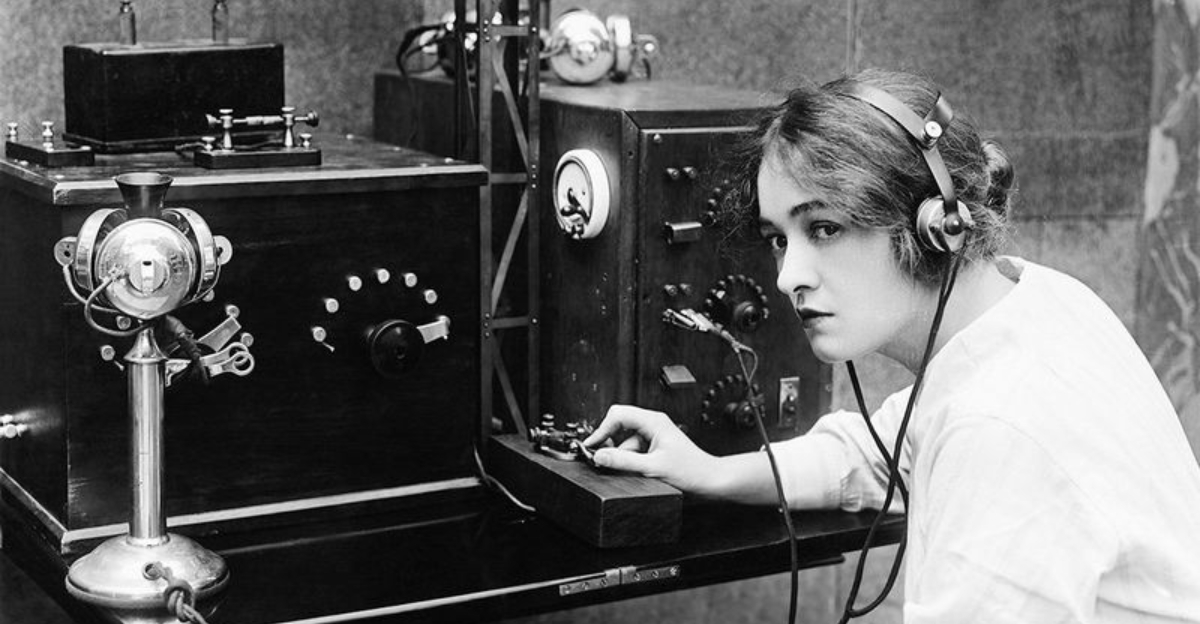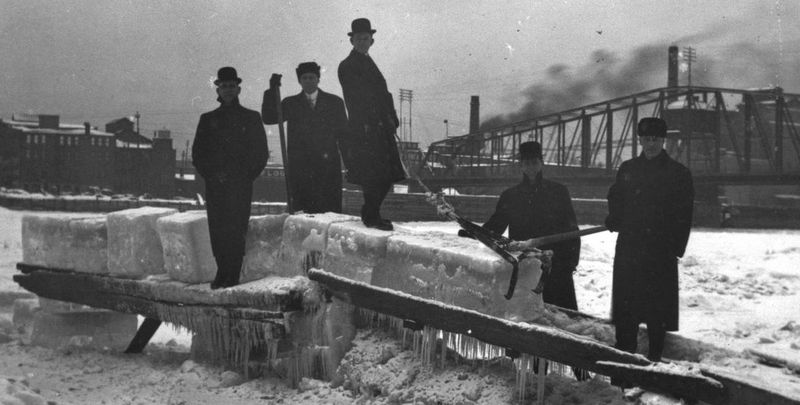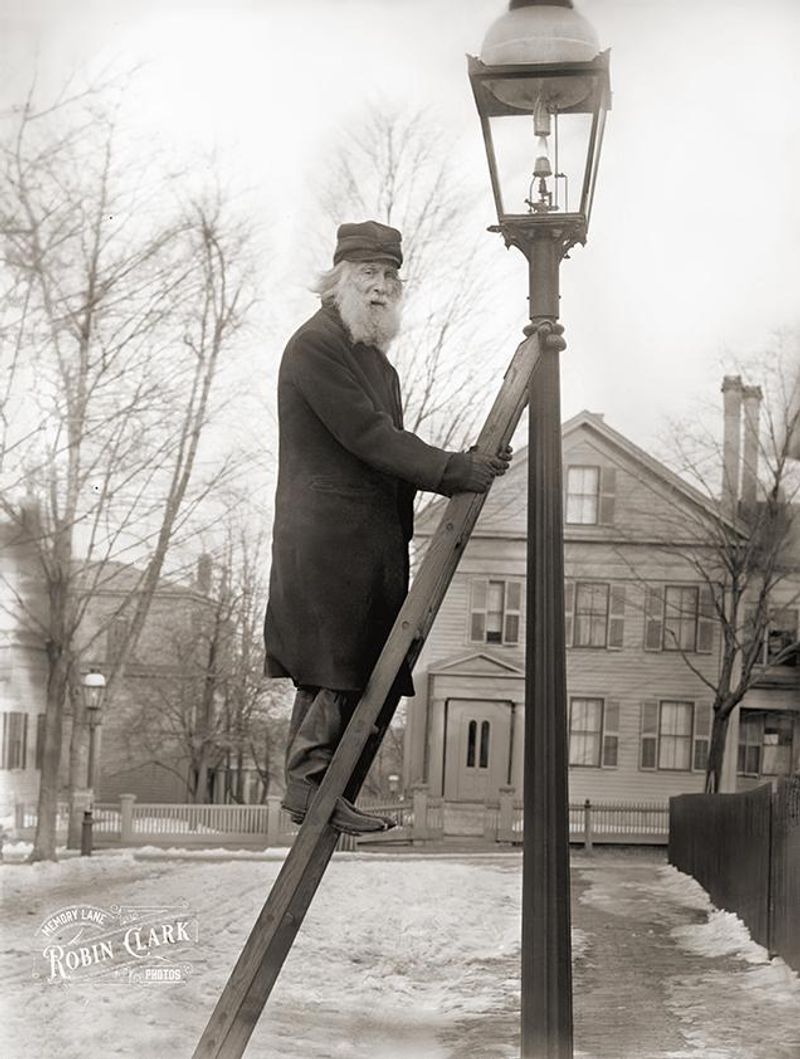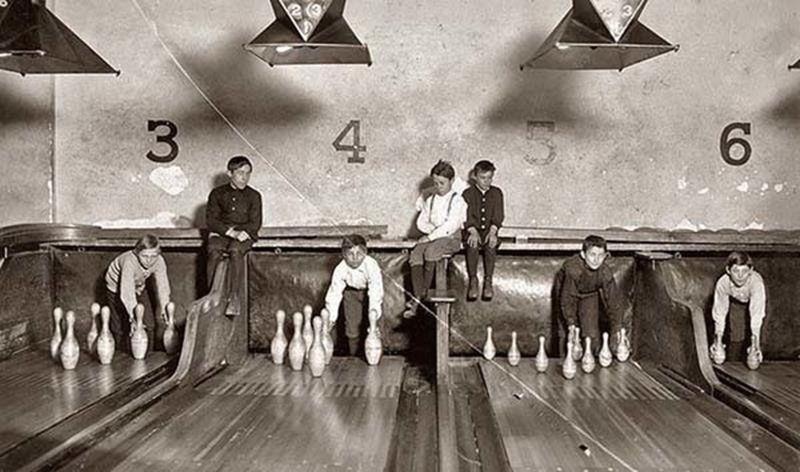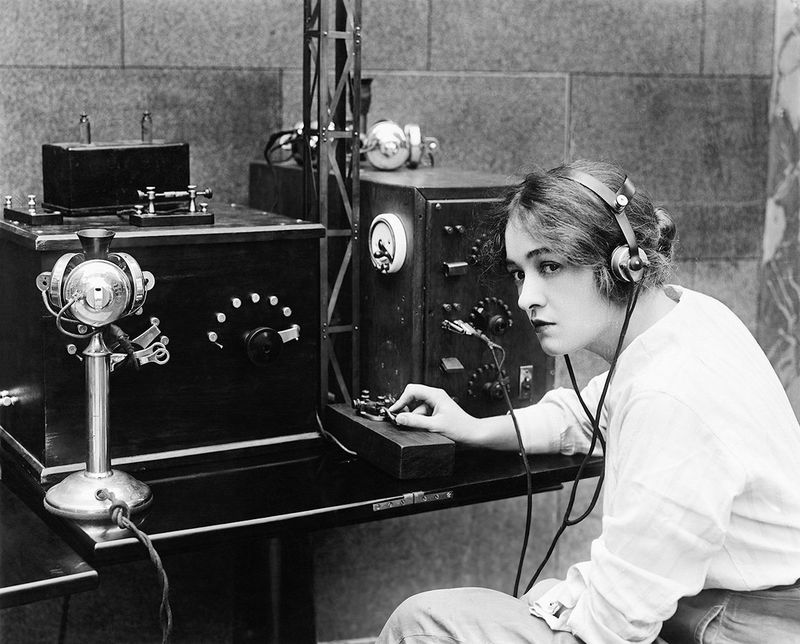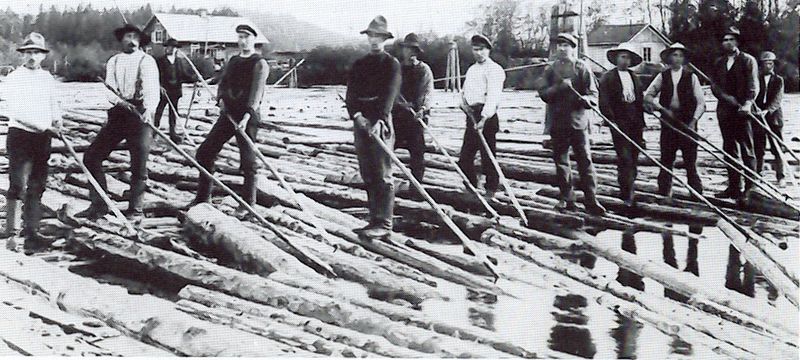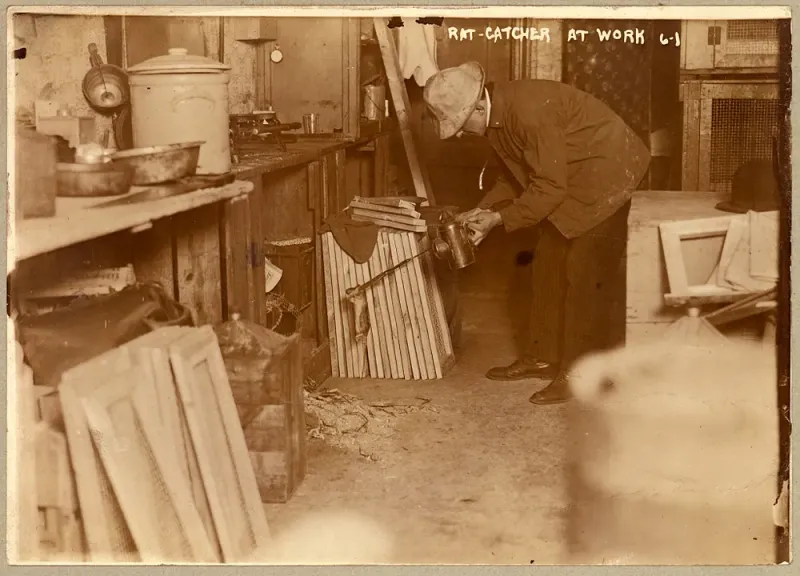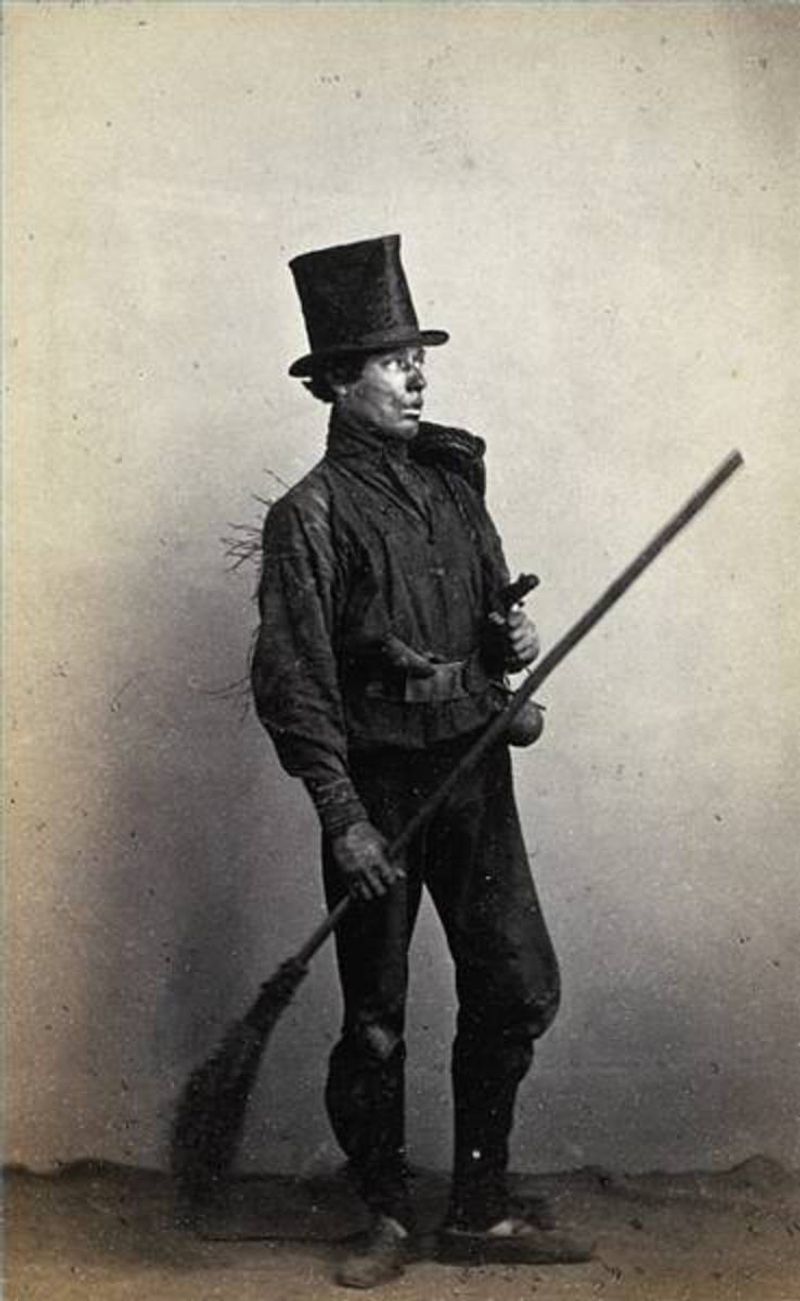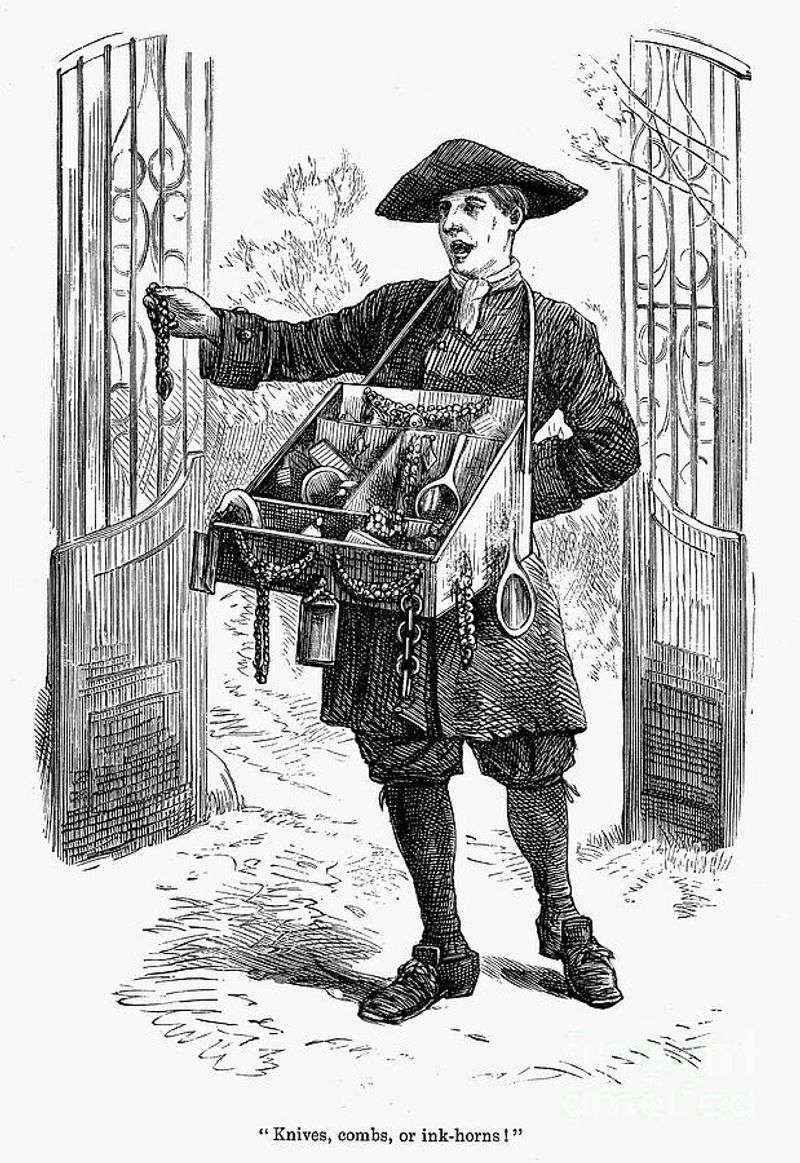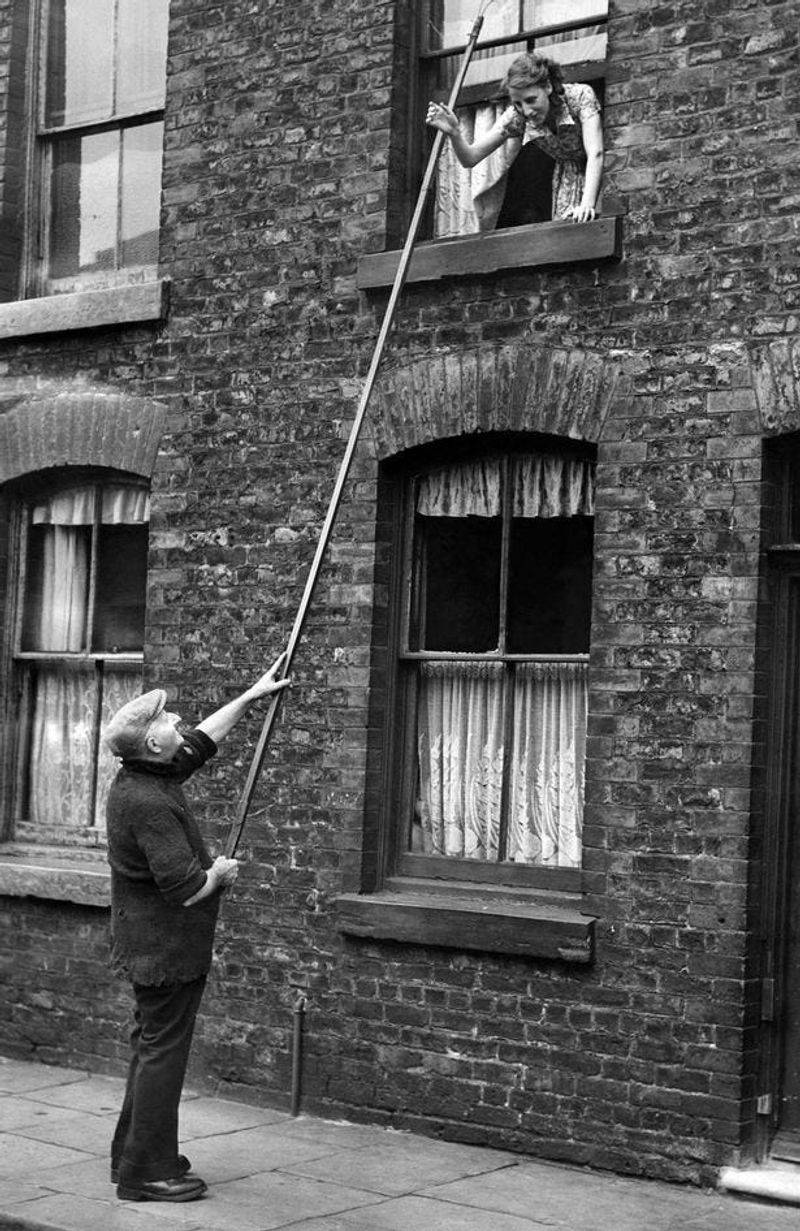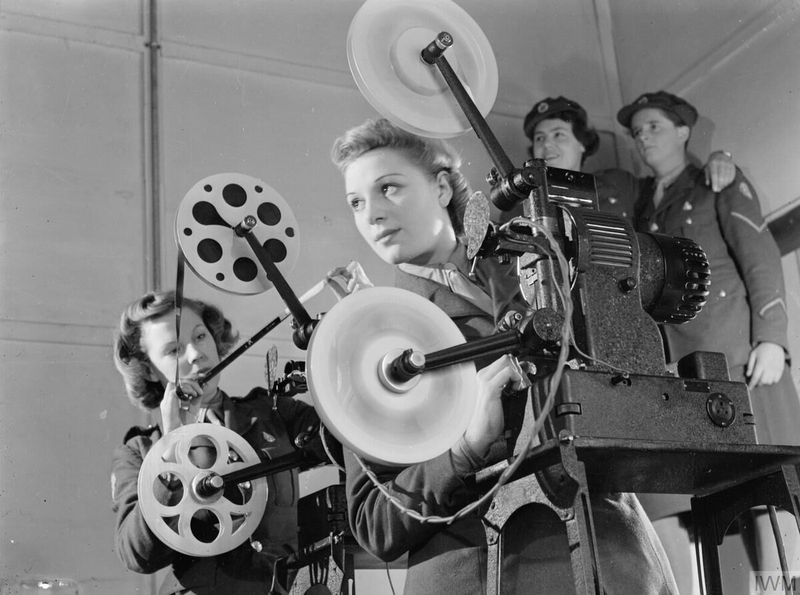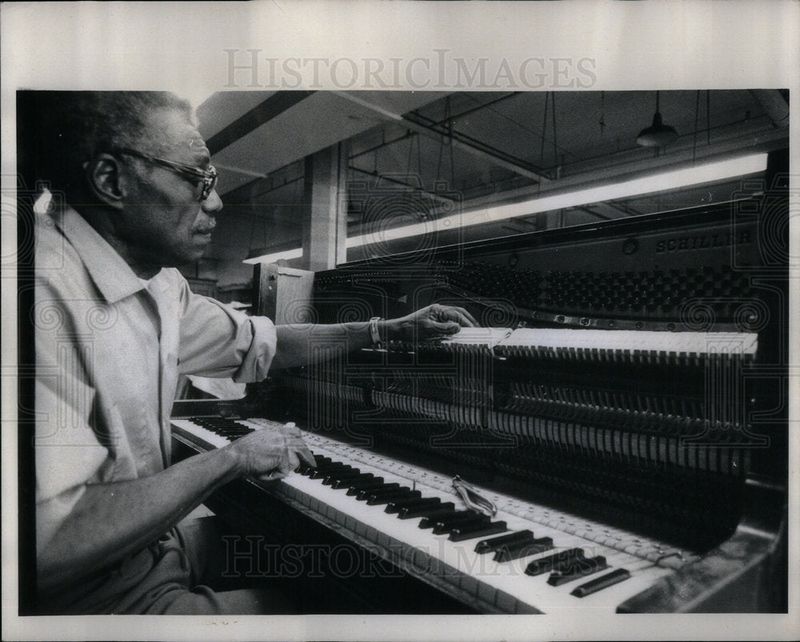A century ago, certain professions offered lucrative salaries that are surprising by today’s standards. From roles that technology has now rendered obsolete to jobs demanding unique skills, these professions provided financial stability and social prestige. While many of these occupations have disappeared due to advancements and societal changes, they remain a fascinating glimpse into the economic landscape of the past.
1. Ice Cutter 💰 $100,000+ per year
In the icy realms of the 1920s, ice cutters braved frigid conditions to harvest precious blocks from frozen lakes. These individuals were pivotal in preserving food before the era of refrigeration. Often seen as daring adventurers, their work was as dangerous as it was rewarding. This high-risk job required precision and strength, ensuring that households and businesses had the ice they so desperately needed. However, with the advent of electric refrigeration, the demand for ice cutters dwindled, making them a relic of a bygone era. Their legacy remains a testament to human ingenuity and resilience.
2. Switchboard Operator 💰 $80,000+ per year
Step into the world of early telecommunication, where switchboard operators were the nexus of connectivity. These adept individuals, often women, manually connected calls, becoming the voice behind every ring. The profession required quick thinking and dexterity, as operators ensured smooth communication lines for businesses and personal conversations. Despite offering a lucrative income, technology’s relentless march replaced these skilled workers with automated systems. By the 1950s, the role of switchboard operators was largely obsolete, yet their contribution to the evolution of communication remains invaluable.
3. Lamplighter 💰 $75,000+ per year
As the evening shadows fell, lamplighters brought cities to life by illuminating gas street lamps. This role, steeped in tradition, required patience and reliability, ensuring that each lamp burned brightly through the night. Lamplighters were more than just night-time workers; they were integral to urban safety and ambiance. Yet, as electric streetlights emerged, the need for lamplighters dimmed. The glow of gaslight was replaced by the hum of electricity, marking the end of an era. Their gentle presence, however, still flickers in historical memory.
4. Elevator Operator 💰 $70,000+ per year
In the bustling vertical worlds of early skyscrapers, elevator operators were the conductors of vertical travel. Their job required not only technical skill in controlling the elevators but also a certain charm when interacting with passengers. These operators ensured safety and efficiency in high-rise buildings, becoming a trusted presence in daily commutes. However, as automatic elevators began to rise, the demand for human operators fell. By the mid-20th century, this once prestigious role was largely automated, leaving behind a legacy of service and sophistication.
5. Pinsetter (Bowling Alley) 💰 $60,000+ per year
Before the advent of automated machines, pinsetters were the unsung heroes of bowling alleys. Often young boys, they manually reset pins with agility and speed, ensuring a seamless game for players. This physically demanding job, though strenuous, offered surprisingly good pay for the time. Pinsetters played a crucial role in the popularity of bowling as a recreational activity. Yet, as technology advanced, their manual labor was replaced by machines in the 1950s, transforming the bowling alley experience forever. Their youthful hustle remains a fond memory.
6. Telegraph Operator 💰 $90,000+ per year
In a world yearning for instant communication, telegraph operators were the messengers of the 19th and early 20th centuries. With nimble fingers, they translated thoughts into Morse code, bridging vast distances with electric pulses. This high-skill job was crucial for transmitting news and personal messages across continents. Despite the rewarding nature of the work, the telegraph’s reign was short-lived. The advent of telephones and radios heralded the end of an era, as the world moved towards quicker and more versatile communication methods.
7. Milkman 💰 $65,000+ per year
In the days of doorstep deliveries, milkmen were a familiar sight in neighborhoods, bringing fresh milk to families each morning. Their early morning routes were marked by the clinking of glass bottles and friendly greetings. Milkmen provided a vital service, bridging dairies and households before the era of supermarkets. However, as pasteurization techniques improved and refrigerators became household staples, the need for daily deliveries faded. The milkman’s role, once a staple of daily life, slowly vanished, leaving behind a nostalgic reminder of community and simplicity.
8. Typewriter Repairman 💰 $85,000+ per year
In bustling office environments, typewriter repairmen were the heroes behind the scenes, ensuring machines ran smoothly. Their intricate knowledge of typewriters kept the wheels of communication turning in businesses and homes. This role demanded precision and patience, as each repair was a step towards seamless productivity. However, as computers emerged and typewriters became obsolete, the demand for their services dwindled. The repairman’s workshop, once a hub of activity, became a relic of the past, marking the shift from mechanical to digital.
9. Log Driver (Timber Floating) 💰 $100,000+ per year
In the early 20th century, log drivers danced on the surface of rivers, guiding timber to its destination. This perilous job required agility and balance, as men navigated the swift currents atop floating logs. Log drivers were often revered for their daring nature and vital role in the timber industry. Despite the lucrative pay, the risks were immense, and many lost their lives to the river’s depths. Over time, trucks and trains replaced this dangerous occupation, yet the legends of their bravery persist in folklore and history.
10. Rat Catcher 💰 $70,000+ per year
In cities teeming with vermin, rat catchers were the unsung protectors of public health. Armed with traps and nets, they ventured into alleys and basements, reducing rodent populations and disease risks. Their work was vital in maintaining sanitation, especially in densely populated urban areas. The job, though perilous, was well-compensated, reflecting its importance to city life. As sanitation improved and public health measures advanced, the demand for rat catchers declined, leaving behind tales of their gritty and essential work.
11. Chimney Sweep 💰 $60,000+ per year
In a time when fireplaces were central to home heating, chimney sweeps ensured safety by preventing dangerous soot buildup. This grimy job required both skill and courage, as workers navigated narrow flues. Chimney sweeps were vital for preventing fires and maintaining air quality. Despite the dirt and danger, the pay was rewarding. However, with the advent of modern heating systems and cleaner fuels, the role of the chimney sweep diminished. Their legacy endures in literature and cultural memory, a symbol of resilience.
12. Town Crier 💰 $50,000+ per year
Hear ye, hear ye! In the days before mass media, town criers were the voice of the community, proclaiming news and events to the public. Their bell and booming voice drew crowds, making them the original informers of the day. The job required a strong presence and clear articulation, as criers were responsible for conveying important messages from local governments. With the rise of newspapers and radio, the need for town criers faded. Their vibrant role, however, remains a cherished part of historical folklore.
13. Knocker-Upper (Human Alarm Clock) 💰 $55,000+ per year
In an age before alarm clocks, knocker-uppers were the human roosters of the community. Armed with long sticks, they tapped on windows to wake workers for their shifts. This quaint profession required reliability and a keen sense of timing, as punctuality was key for factory and mill workers. Though the job paid well, it was rendered obsolete with the invention of affordable alarm clocks. The knocker-upper’s early morning rounds became a thing of the past, yet their unique service remains a charming anecdote in history’s narrative.
14. Film Projectionist 💰 $75,000+ per year
In the golden age of cinema, film projectionists were the invisible artists behind the magic on screen. Their expertise in operating projectors was crucial for seamless and entertaining movie experiences. This role demanded precision and attention to detail, as any mistake could disrupt a performance. Despite its significance, the job’s allure waned with the introduction of digital projectors. As technology advanced, the traditional film projectionist’s role faded, yet their contribution to the cinematic experience remains invaluable.
15. Piano Tuner 💰 $80,000+ per year
In homes resonating with music, piano tuners were the unsung maestros, ensuring every note rang true. Their keen ear and meticulous adjustments maintained the harmony of middle-class households. This profession, while technical, required a deep appreciation for music and craftsmanship. As the popularity of pianos declined with the rise of recorded music and electronic keyboards, the demand for tuners diminished. The piano tuner’s delicate work remains a testament to a bygone era of musical appreciation and domestic culture.
